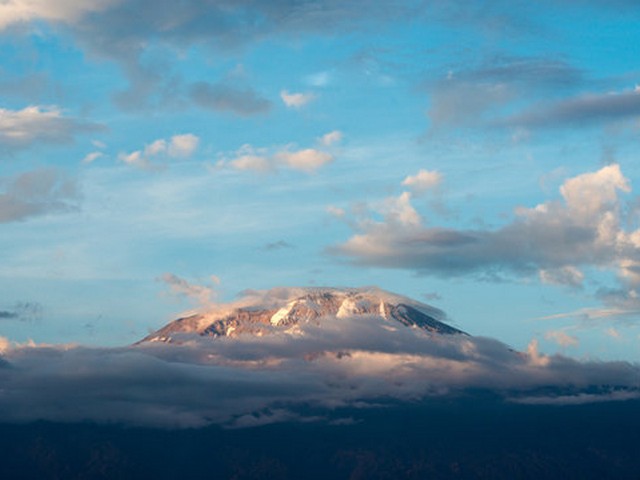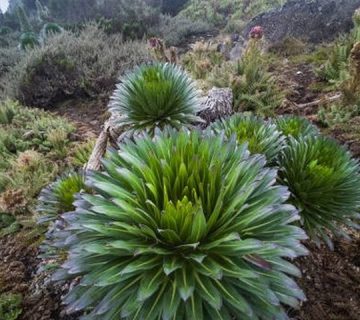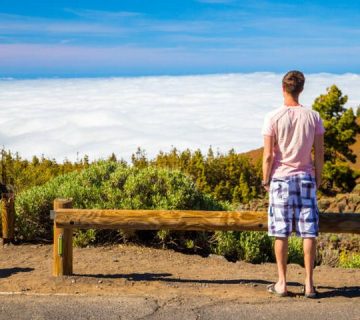Capturing the Majestic: Navigating Photography Permits for Kilimanjaro Climbs
Standing as a beacon of beauty and challenge, Mount Kilimanjaro is not just a mountaineer’s paradise but a photographer’s dream. As the highest peak in Africa, it offers breathtaking vistas and an unparalleled opportunity to capture nature in its most sublime forms. At the Kilimanjaro Centre for Trekking and Ecotourism (KCTE), we understand the magnetic pull Kilimanjaro exerts on photographers and adventurers alike. However, capturing its beauty isn’t as simple as just pointing and shooting; it requires a bit of paperwork—specifically, a photography permit. In this blog, we’ll guide you through the essentials of obtaining photography permits for Kilimanjaro climbs, ensuring you’re well-prepared to document your journey up this iconic mountain.
Why Do You Need a Photography Permit on Kilimanjaro?
Preserving Paradise: The Importance of Permits
Kilimanjaro is not only a natural wonder but also a protected area. The Tanzanian government and park authorities impose certain regulations, including the need for a photography permit, to ensure the conservation of the park’s unique environment and cultural heritage. These permits help manage the impact of tourism and maintain the pristine condition of the landscape, which countless visitors come to see and experience each year.
Legal Essentials: Avoiding Pitfalls
Obtaining a photography permit is a legal requirement. Engaging in commercial photography without one can lead to fines, confiscation of equipment, or even expulsion from the park. The permit is your passport to capture images legally and with peace of mind, knowing you’re contributing to the sustainable management of this magnificent mountain.
How to Obtain a Photography Permit
Step-by-Step Guidance
-
Identify the Type of Photography: Determine whether your photography is for personal or commercial use. Personal photography generally does not require a permit, but commercial photography does.
-
Contact KCTE: Reach out to us at the Kilimanjaro Centre for Trekking and Ecotourism. We can guide you through the process, ensuring that your documentation is correct and submitted on time.
-
Submission of Documents: You will need to provide details about your climb, the type of equipment you’ll be using, and your intended use of the images.
-
Payment of Fees: The cost of a photography permit varies depending on the nature and duration of the shoot. We at KCTE will provide you with the latest fee structure and help facilitate the payment process.
-
Receive Your Permit: Once your application is approved and fees are paid, you will receive your photography permit. This permit must be kept with you during your climb and presented upon request.
Best Practices for Photography on Kilimanjaro
Respect and Responsibility
While capturing the stunning landscapes and the vibrant cultures around Kilimanjaro, it’s crucial to photograph responsibly. Respect the local customs and privacy of individuals when taking photos. Always ask for permission before photographing local people or cultural sites.
Environmental Considerations
Kilimanjaro’s ecosystems are both delicate and diverse. As photographers, it’s our duty to ensure that our activity does not disturb the wildlife or damage the vegetation. Stick to designated paths and follow the guidelines provided by your KCTE guides.
Gear and Preparation
Given the range of climates and rugged terrain on Kilimanjaro, having the right gear is essential. Protect your equipment against cold, moisture, and dust. Also, ensure you have enough batteries and memory cards, as charging facilities are limited during the climb.
Joining a Guided Climb with KCTE
Why Choose KCTE for Your Photographic Journey?
At the Kilimanjaro Centre for Trekking and Ecotourism, we provide tailored climbing experiences that cater specifically to photographers. Our guides are not only climbing experts but also understand the unique needs of photography enthusiasts. They know the best times and spots for capturing the mountain’s magic, ensuring you come back with a collection of stunning images.
Our Commitment to Eco-Friendly Climbing
We believe in responsible tourism. KCTE is committed to eco-friendly practices that preserve the mountain’s natural beauty for future generations. Joining us means supporting sustainable tourism on Kilimanjaro.
Frequently Asked Questions
Q: Can I use a drone to take photos on Kilimanjaro?
A: Drone usage is restricted and requires a special permit. Contact us for detailed information and assistance with the application.
Q: How long does it take to obtain a photography permit?
A: It’s advisable to start the application process at least a month before your climb to ensure everything is in order before your arrival.
Q: Are there any restrictions on the type of equipment I can bring?
A: There are no specific restrictions on the type of equipment, but portability and weather resistance should be considered due to the climbing conditions.
Q: Can KCTE handle the permit application process for me?
A: Absolutely! We can facilitate the entire process, from application to payment, making your preparation seamless and stress-free.
Capture the Heights with KCTE
Embarking on a climb up Kilimanjaro is a once-in-a-lifetime adventure, and capturing it through your lens adds an extra layer of excitement and challenge. With the right preparation and a photography permit in hand, you’re set to document every awe-inspiring moment. Let Kilimanjaro Centre for Trekking and Ecotourism be your guide on this incredible journey. Contact us today to start planning your photographic expedition up the majestic Mount Kilimanjaro. Let’s make sure those memories are not just lived but also beautifully captured and forever cherished!




